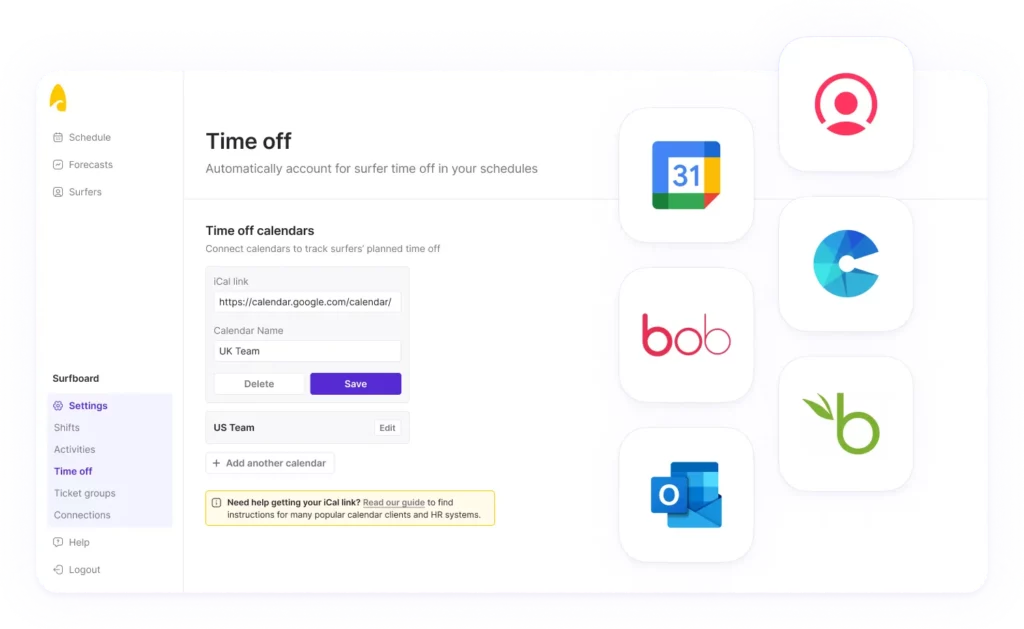
Benefits of Geographically Distributed Teams

Since the unforeseen rise of remote working in 2019, the topic of geographically distributed teams has become a more pressing topic.
Geographically distributed teams:
“one with members who don’t all work or live together in the same area. Teams that have remote workers or hire contractors or freelancers outside of their location are geographically distributed.” (indeed.com)
Almost every company has engaged in the planning and implementation of geographically distributed teams in recent years. This was mostly because they didn’t have much choice during the pandemic. Most companies jumped to accommodate remote working and, oftentimes, this meant the distribution of their teams geographically too. It has shifted from a reactive measure to the most dominant form of working, specifically in customer support.
Even though the concept was one that companies often rushed into, that certainly doesn’t mean it was a bad thing. Far from it in some cases, with some observers noting the power of geographically distributed teams for companies. It’s not just for the sake of companies either, it can be of great benefit for individuals within a CS team (we call them surfers).
The benefits of geographically distributed customer support teams:
Better customer support team coverage
When your customer support team is distributed geographically, they will be working and living in various different time zones. The value of having people in different locations allows for more coverage and enables customer support leaders to extend their contact hours.
This empowers customer support teams to work down backlogs at quieter times, improve customer service by being more available, and ultimately increase customer satisfaction levels and response times.
Increased Productivity
Employees that are given the autonomy to set a schedule that works for them are more productive. That makes sense to us, as our mission is to make work more human. Companies like to use the term workforce management when referring to the management of their customer support staff.
The unfortunate reality is that workforce management platforms can often be rigid, and tend to divert the focus away from empowering teams of real people, towards numerical KPIs that track people instead. People don’t live rigid lives, meeting times change, things happen that get in the way of their working life and thus, to develop a productive team, customer support leaders need to allow for their people to be just that – people.
Stronger culture
Given the nature of geographically distributed teams, your team can be working in multiple different locations globally. As a result, each team member may be living in a different time zone, in an entirely different culture, or they might simply have a different schedule for a multitude of reasons. Not only does this mean people bring different perspectives to the table, it means that your team can enjoy more freedom and autonomy over their schedule and can benefit from a healthier work-life balance as a result.
Where does Surfboard fit in?
Managing geographically distributed teams can be an acutely difficult process for customer support teams, particularly when it comes to scheduling. Many traditional workforce management platforms don’t have the capability or flexibility to handle time off requests from multiple different locations and calendars.
At surfboard, our mission is to make shift scheduling simpler, fairer, and smarter for both CS leaders and individual agents. To make scheduling smarter, it’s vital to integrate with existing HR platforms, like time off calendars.
Multiple iCals feature in Surfboard:

Surfboard can now track time off for all of your teams, regardless of where they are located. You can add multiple time off calendars to Surfboard, to account for all your team’s HR systems or calendars. By linking iCals, any new or cancelled time off requests will be automatically fetched and placed in your schedule, meaning less work for you and more confidence for your surfers.



